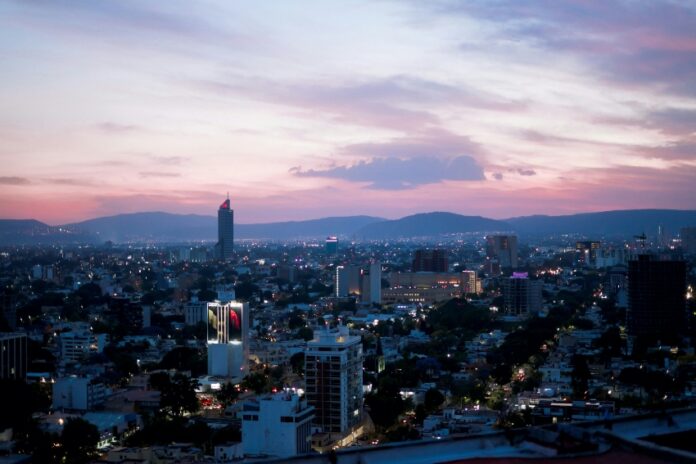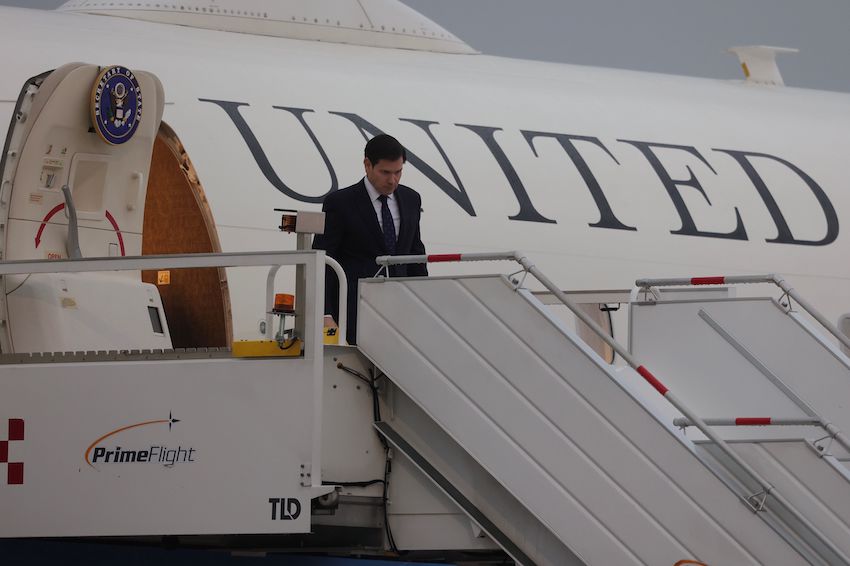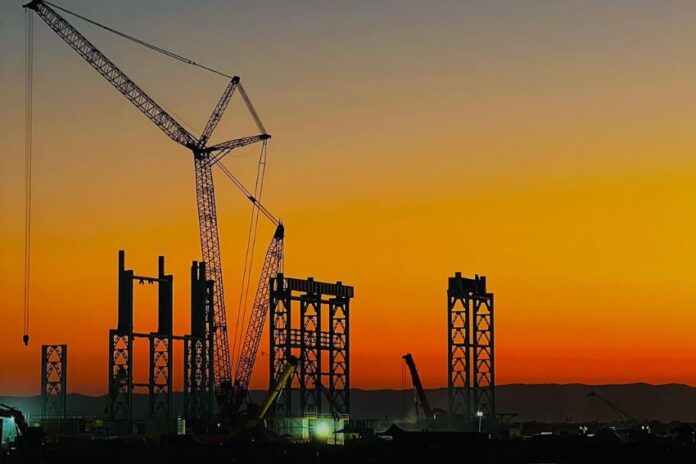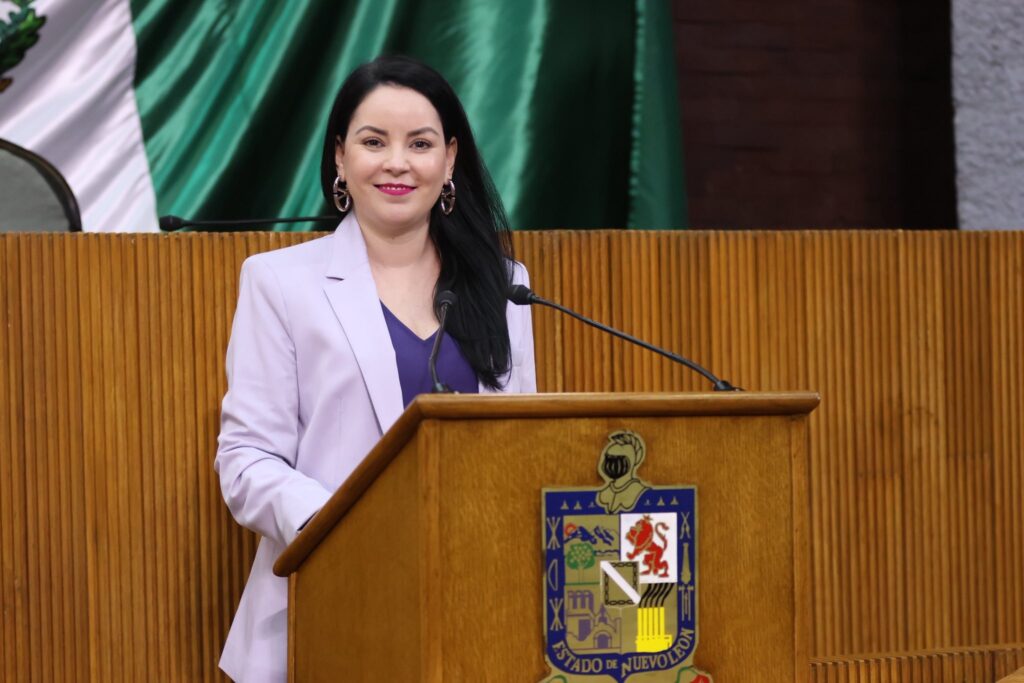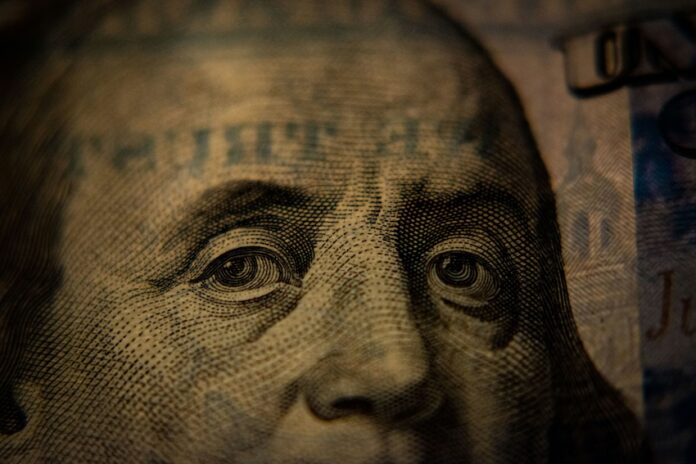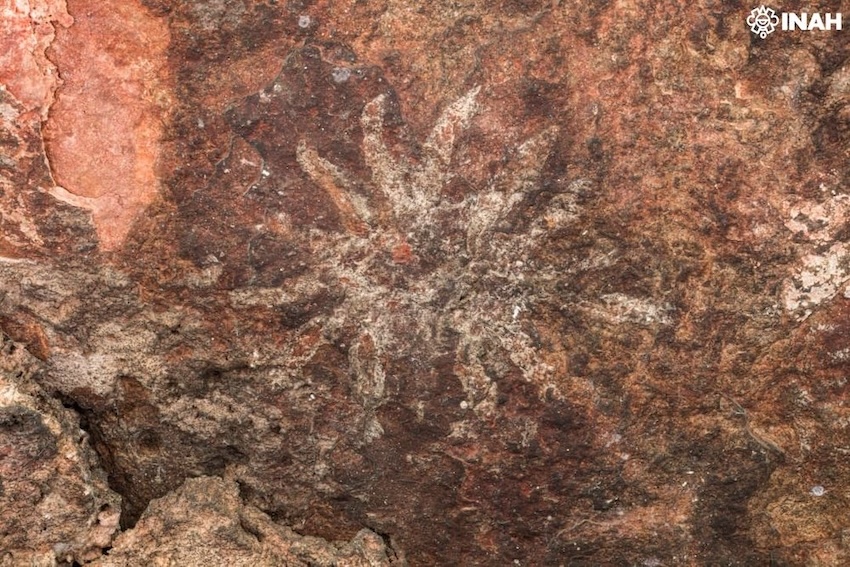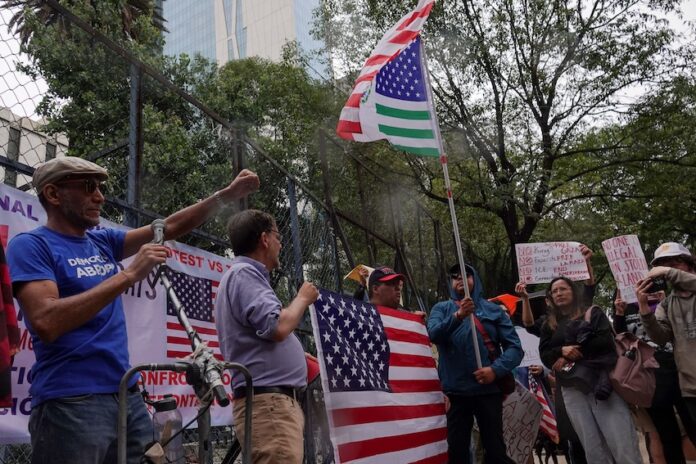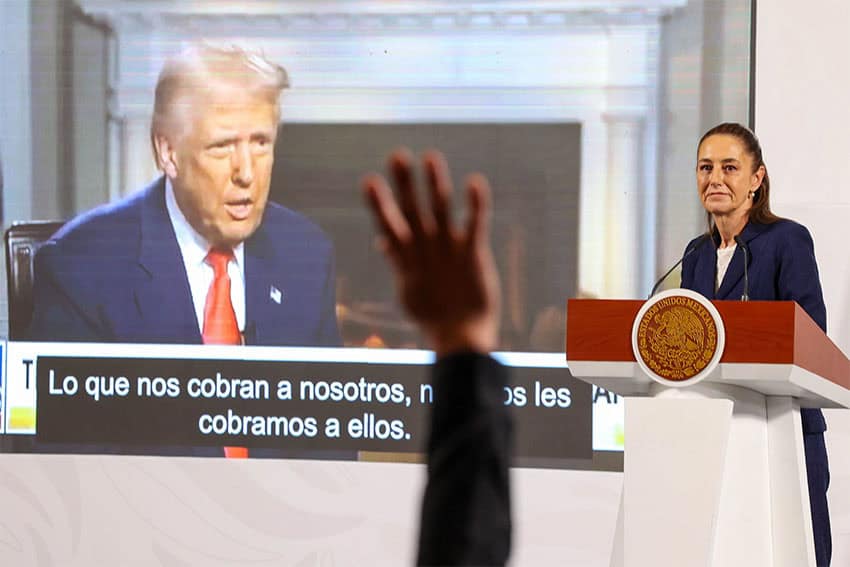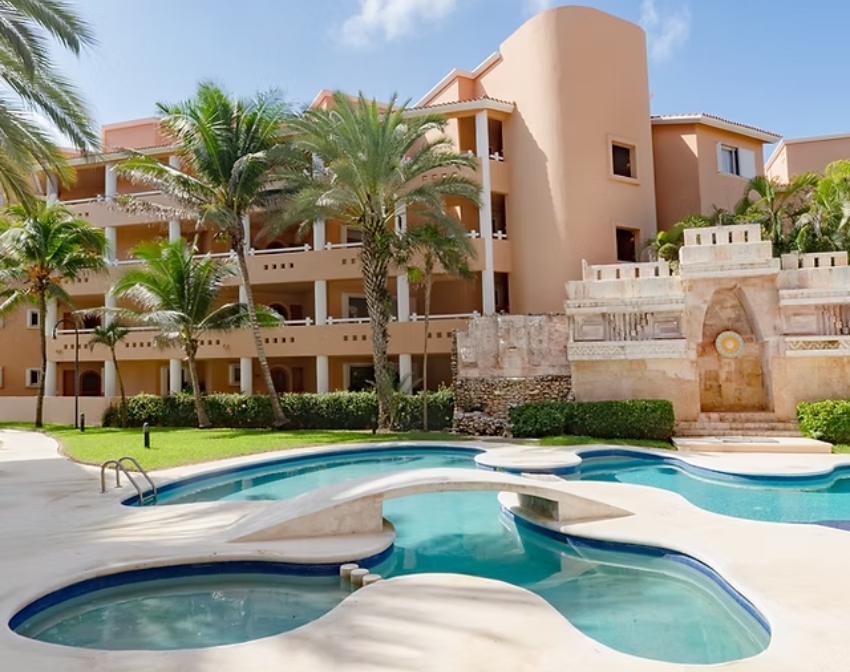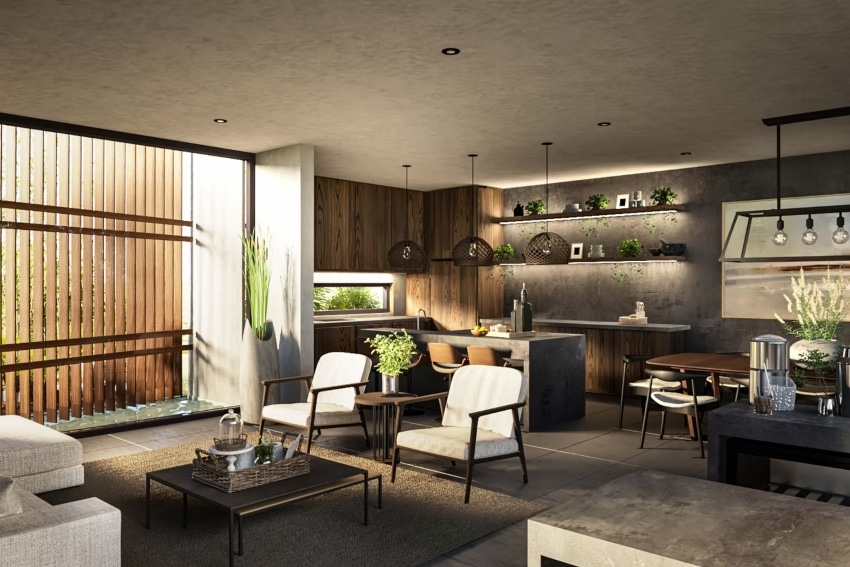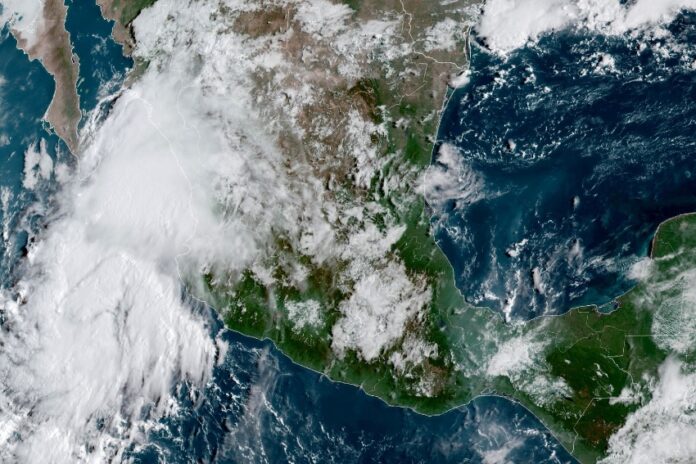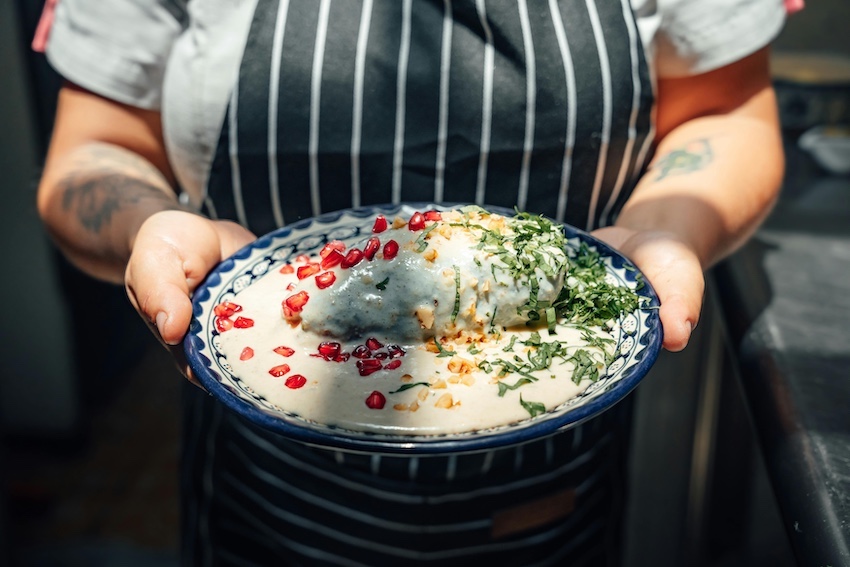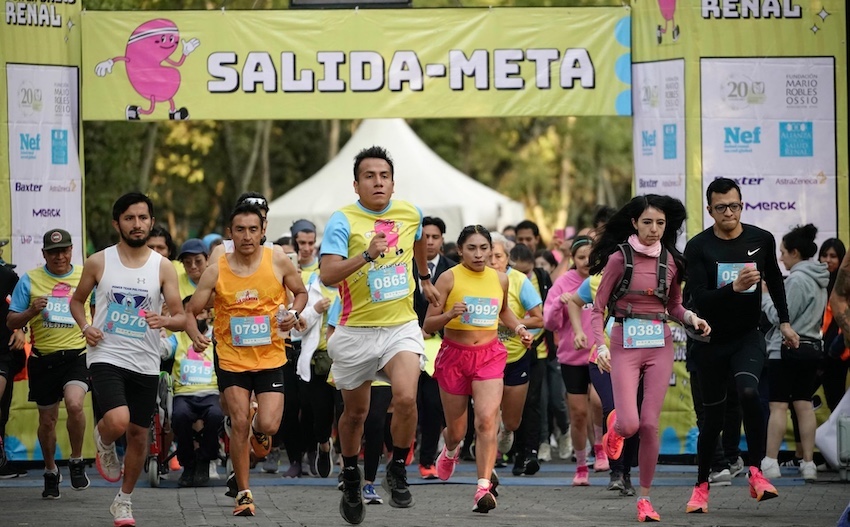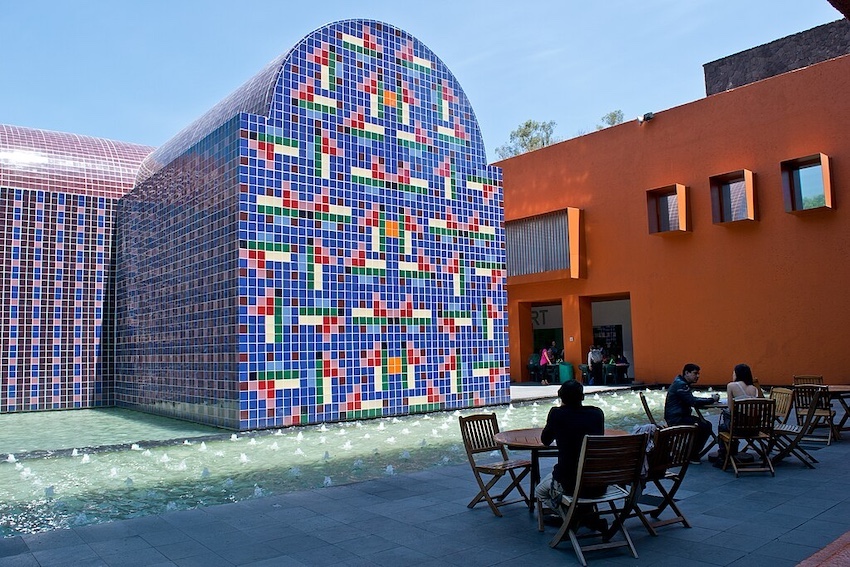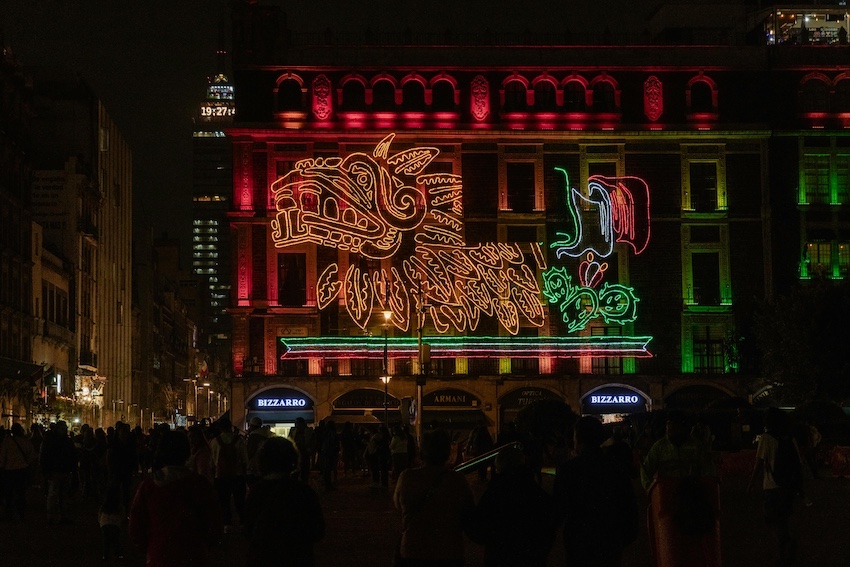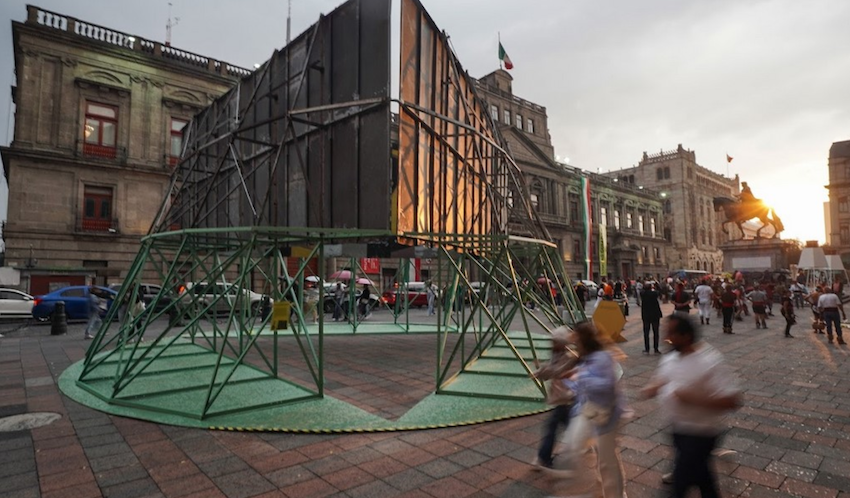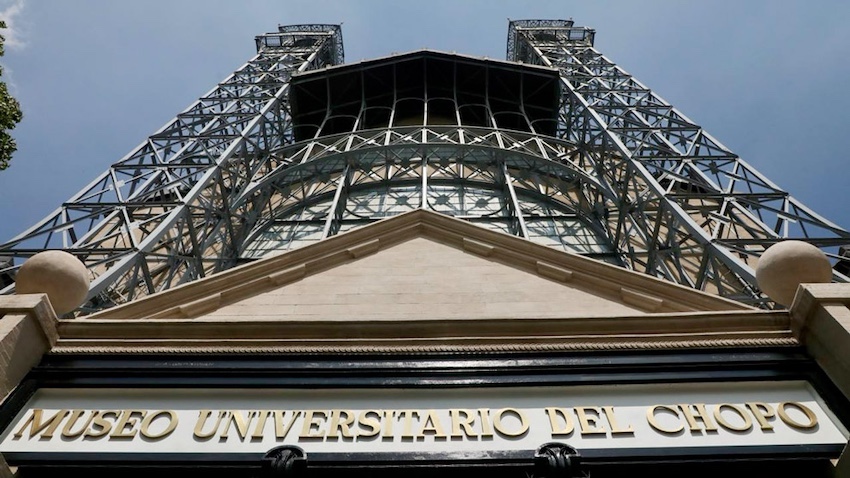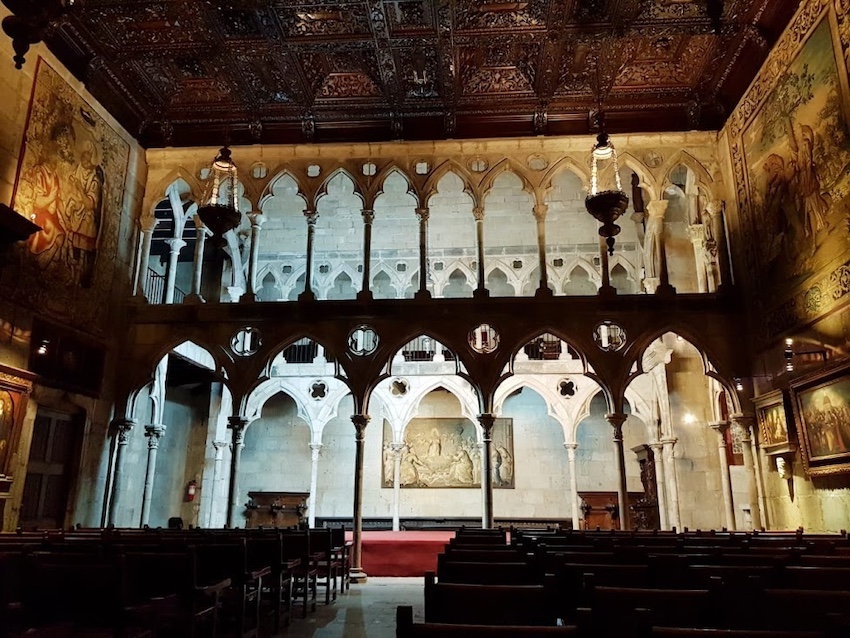September is a month of celebration in Mexico as the country commemorates its independence from Spain. Beyond the festivities that mark this occasion, Jalisco’s capital will host a variety of events, including an Oktoberfest, a film festival, and a celebration of corn. Lake Chapala also contributes to the lineup with an exciting outdoor event featuring hot air balloons.
Let’s get right into it!
European Film Festival 2025

If you’re a film lover, especially a fan of European cinema, you won’t want to miss the European Film Festival. From documentaries that capture unique stories to dramas and comedies that portray life in different European countries, this edition brings together eight films with a wide variety of genres and narrative styles. Some of the featured films include “Historjá,” “Hotel Pula,” “Animal” and more.
Dates: Aug. 28-Sept. 5
Location: Cineteca FICG, Av. Manuel Gómez Morin 1695
Cost: Free
Exposición de Francisco Toledo
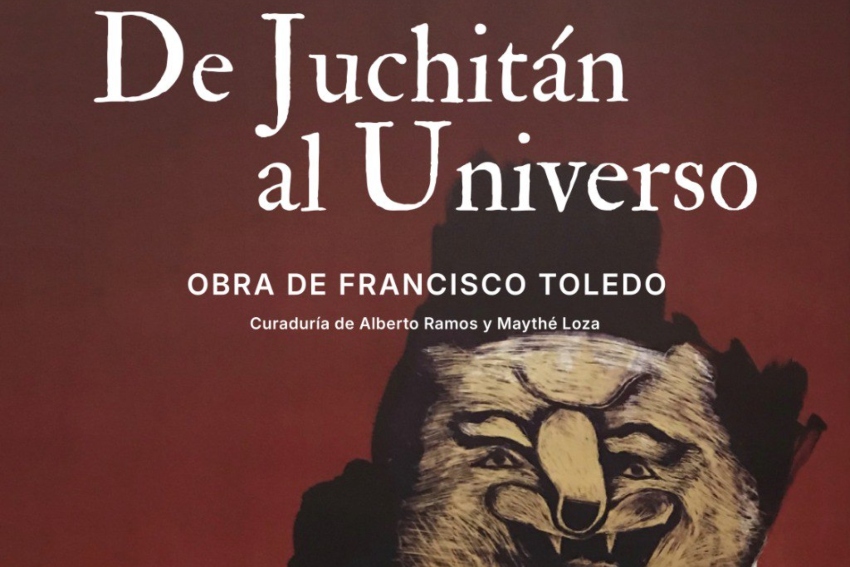
Francisco Toledo (1940-2019), one of Mexico’s most prominent artists, will be honored in Guadalajara with the exhibition “From Juchitán to the Universe: The Work of Francisco Toledo.”
Famous for his work as a painter, engraver, sculptor, ceramist, illustrator and cultural promoter, his work is characterized by a visual universe influenced by Zapotec art, fantastical animals and organic forms.
Dates: September-December 2025
Location: Guadalajara City Museum, Calle Independencia 684, Centro Histórico
Cost: Free
Regata de Globos de Ajijic
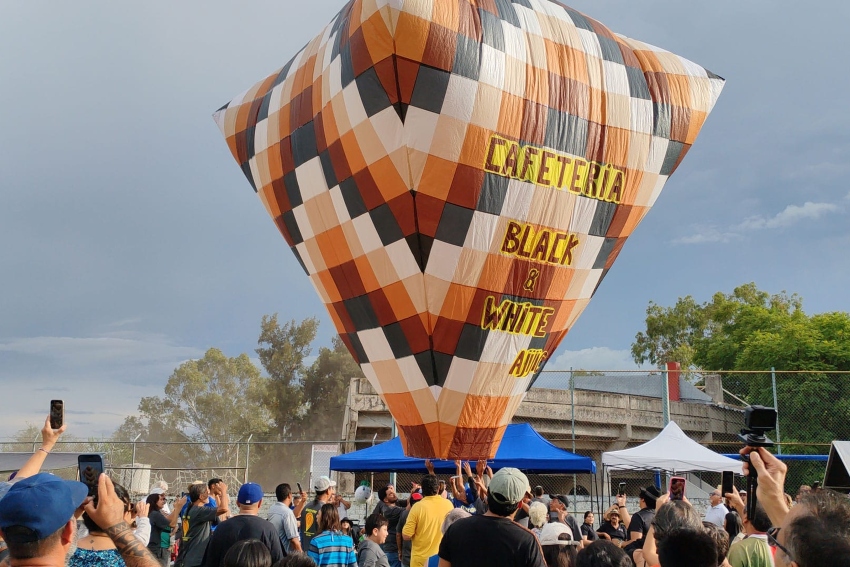
To kick off Independence Day festivities along the Chapala shore, you won’t want to miss the folkloric hot air balloon festival that takes place in the Magical Town of Ajijic. The event sees local teams and families come together to launch colorful handmade paper balloons of various shapes and sizes. Dubbed the Ajijic Balloon Regatta, this event has taken place every September since the 1960s.
Dates: Sept. 13
Location: Campo Deportivo Cruz Azul
Cost: Free
Concierto gratis de Los Aguilar
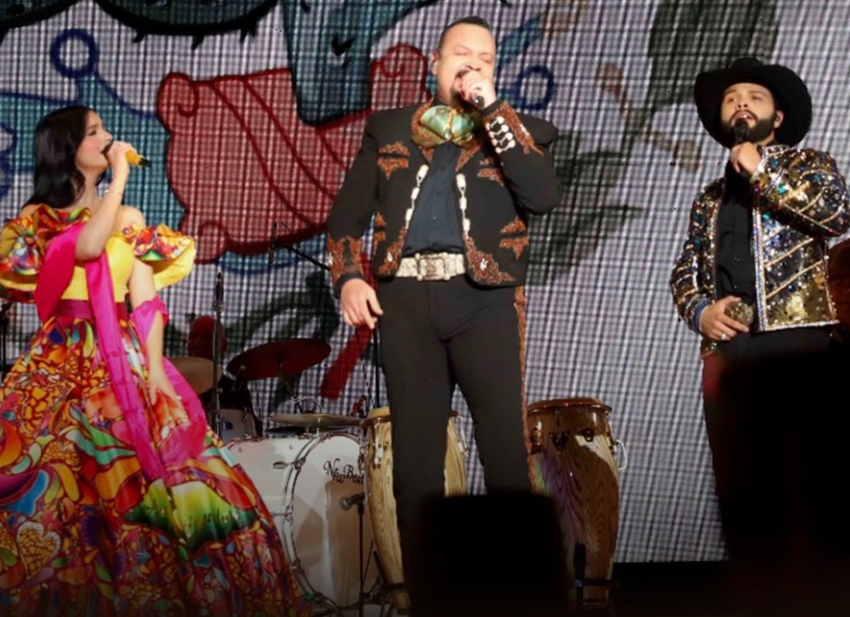
To mark Mexico’s 214th Independence Anniversary, Governor Pablo Lemús has announced a free concert featuring one of the most prominent families that represent regional Mexican music: Los Aguilar. The live performance will see the iconic Pepe Aguilar, along with his children Ángela Aguilar and Leonardo Aguilar, accompanied by a live mariachi band.
Dates: Sept. 15
Location: Paseo Alcalde, Historic Center.
Cost: Free
Oktober Fest
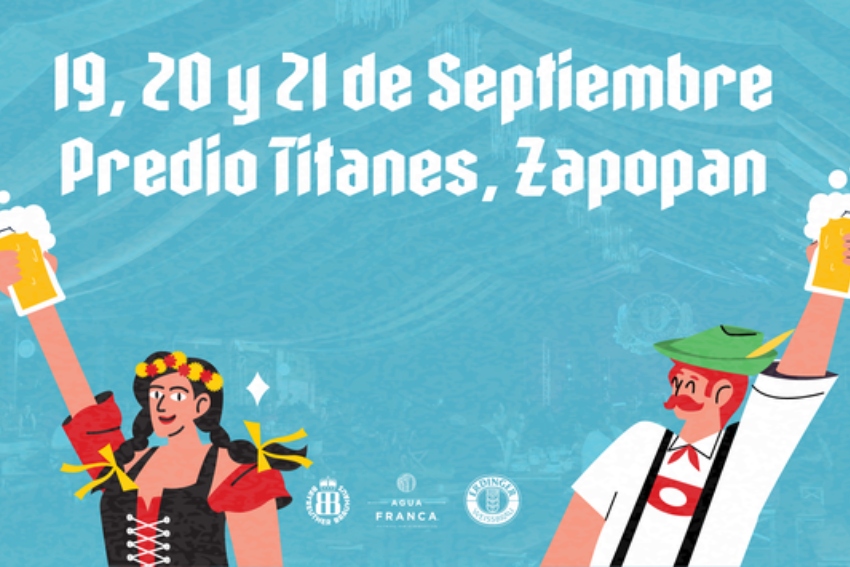
Traditionally known as Oktober Fest, this year’s edition has changed its name to OtoñoBierfest, in a nod to the word Autumn in Spanish.
Inspired by the German Oktoberfest, attendees can expect craft and German beer, traditional foods and live German music under a large tent decorated in Bavarian style. Featuring long tables and wooden benches, OtoñoBierfest promises an authentic Oktoberfest atmosphere.
Dates: Sept. 19–21
Location: Predio Titanes, Av. Sebastian Bach and Av. Tchaikovski, Zapopan
Cost: Starting at 500 pesos
Día del Maíz
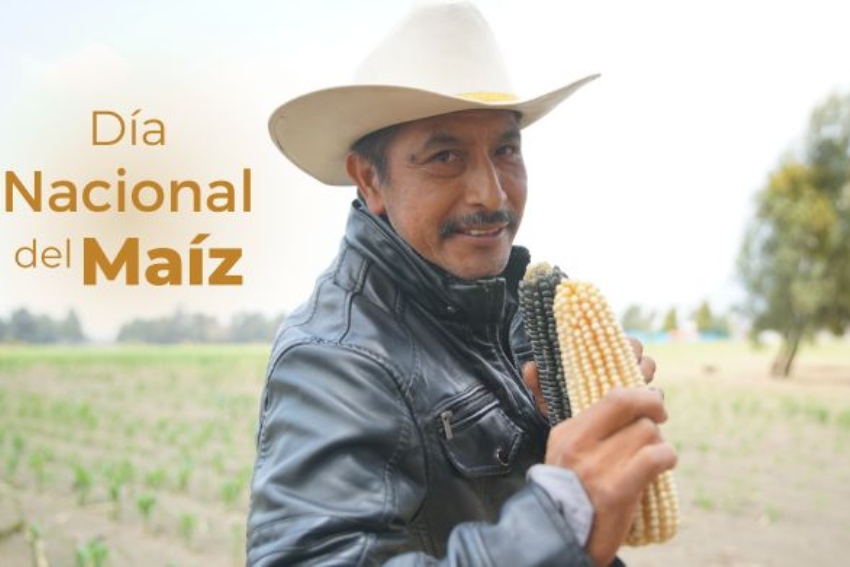
National Corn Day (Sept. 29) was established in Mexico to raise awareness and protect the diversity of native corn. To celebrate the occasion, Guadalajara will host an event to bring together corn producers, activists and the general public to enjoy ceremonies, workshops, corn tastings and exhibitions. The event will also feature live music and various artistic activities for the whole family.
Dates: Sept. 27
Location: Casa ITESO Clavigero (designed by Luis Barragán), C. José Guadalupe Zuno Hernández 2083, Col. Americana.
Cost: Free
El Orgullo de Jalisco concert at the Teatro Degollado

“El Orgullo de Jalisco” is a zarzuela composed by Federico Moreno Torroba that fuses Spanish tradition with typical Jalisco sounds. This year, it will be released again at the Degollado Theater in Guadalajara. The re-release will feature the Jalisco Symphony Orchestra, accompanied by 11 prominent singers and actors on stage.
Dates: Sept. 14
Location: Teatro Degollado, Zona Centro.
Cost: Starting at 50 pesos
Plant Fest Guadalajara
View this post on Instagram
Calling all plant lovers to attend the Plant Fest Guadalajara, an event centered around native flora. The event will bring together more than 30 plant exhibitors showcasing everything from cacti, succulents, collectible plants and orchids to carnivorous plants, fruit trees and more. Attendees will also be able to purchase gardening utensils, including pots, tools, soil and fertilizers.
Dates: Sept. 26-28
Location: Vía Libertad, Calle Colonias 221, Colonia Americana
Cost: Free
Gabriela Solis is a Mexican lawyer turned full-time writer. She was born and raised in Guadalajara and covers business, culture, lifestyle and travel for Mexico News Daily. You can follow her lifestyle blog Dunas y Palmeras.
